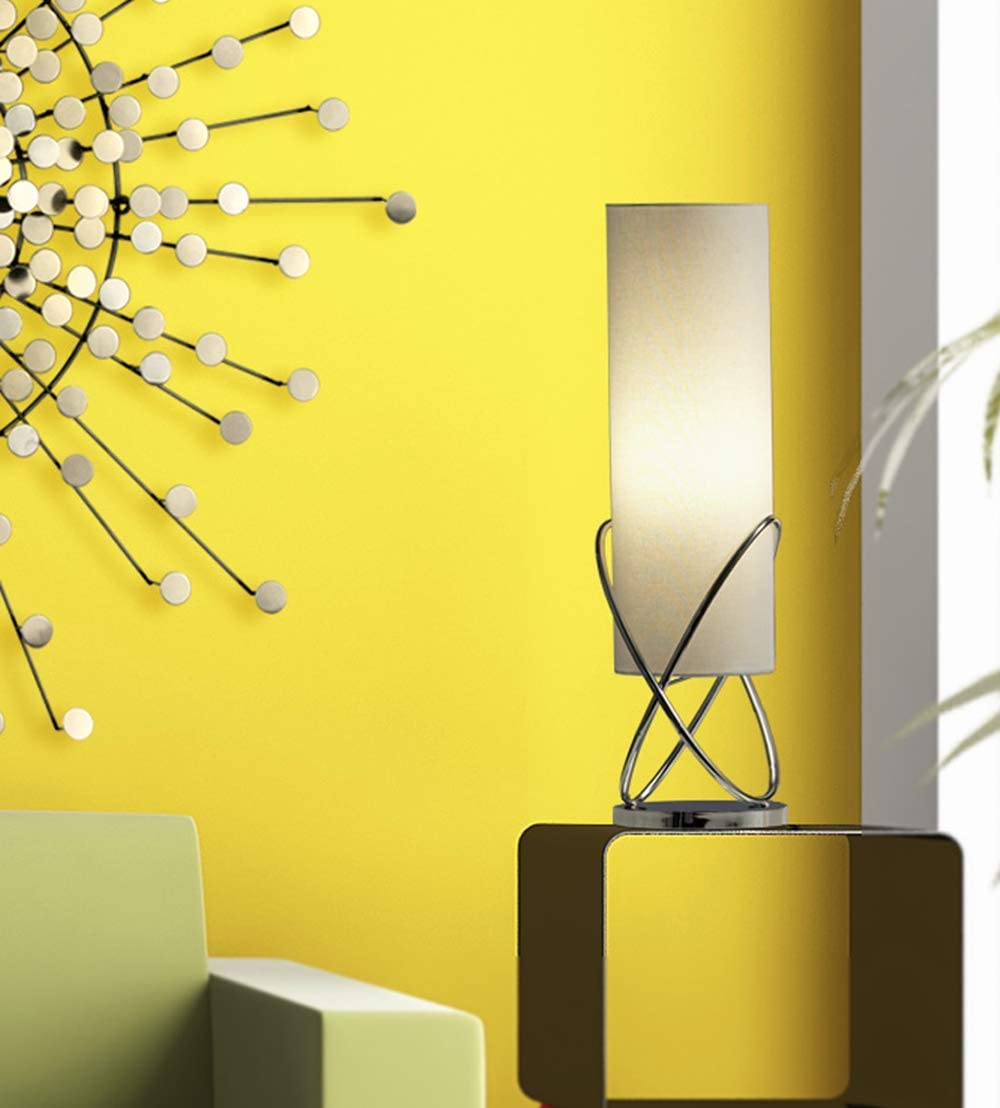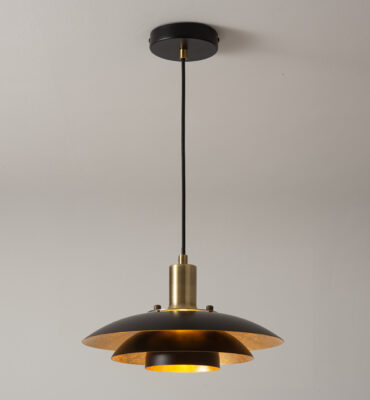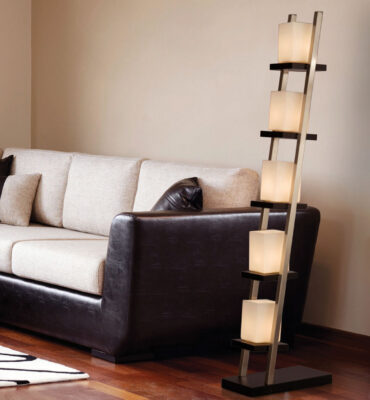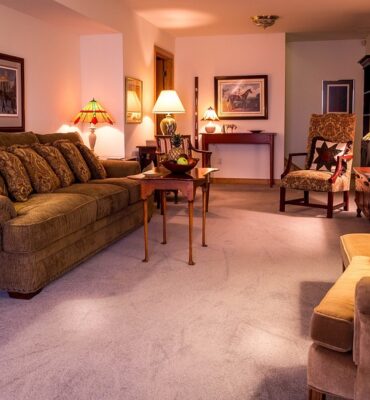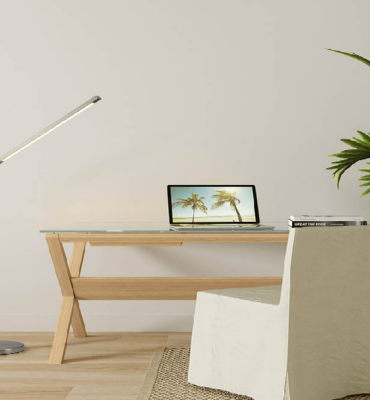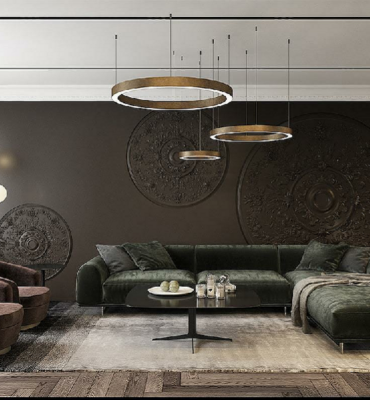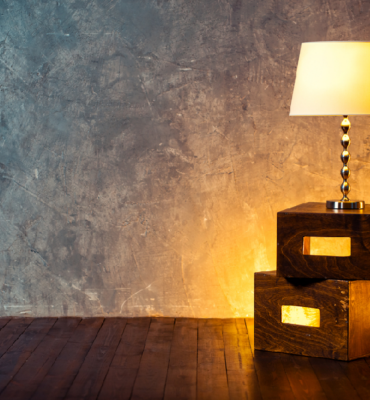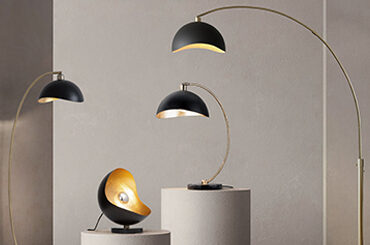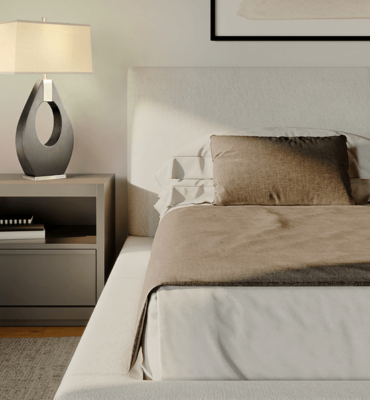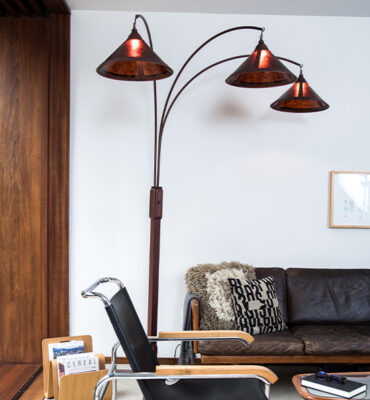Nothing transforms a space quite like light. Lighting can change your apartment’s mood, set the ambiance, and help define zones like living rooms, dining rooms, and reading nooks, especially in studio apartments. To keep your apartment bright all year long, it’s essential to choose the right comfort lighting fixtures.
Whether you’re looking to add new lamps or install hanging lights, there are countless ways to upgrade your apartment lighting. So, what are the best ways to light first apartments?
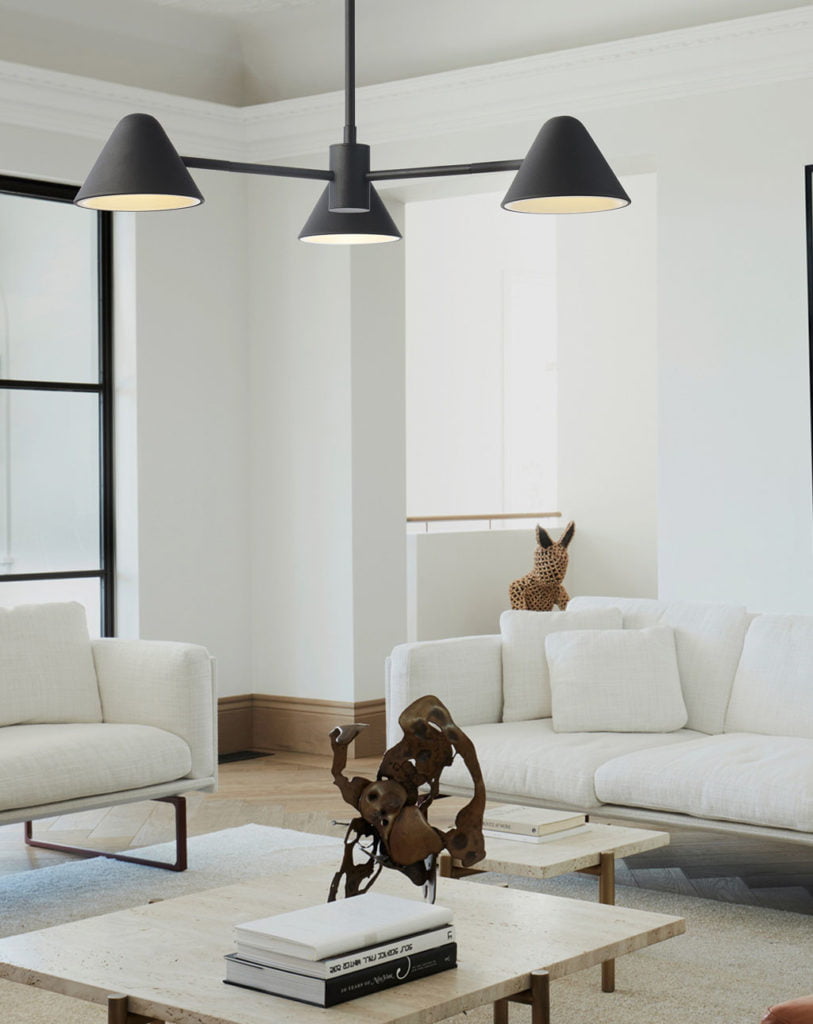
What type of comfort lighting works best for apartments?
If you own a big house, you’re free to experiment with your lighting options. However, in small apartments, lighting can make or break your space. Whether you’re looking to make your space feel airier or cozier, it’s essential to choose the proper apartment lighting.
Because apartments tend to look smaller when they don’t get enough light, it’s vital to incorporate multiple lighting sources. When choosing what lights to use for apartments, ceiling lights are essential, but wall, floor, and table lamps can also help add depth to your space.
As one of the most popular choices for ceiling lights, track lights distribute light across the ceiling evenly without taking up too much space. Alternatively, plug-in lights, like plug-in pendant lights and floor lamps, can help brighten your room while eliminating the need to hire an electrician or make holes in your walls.
If you’re lucky enough to have natural light during the day, be sure to incorporate as much natural lighting as possible. Natural light can not only keep you awake and boost your mood, but it can also visually maximize the space in your small apartment. To make your space feel brighter and airer, try placing a mirror opposite the window to reflect light throughout the room.
How should I place my lighting fixtures?
When placing your light fixtures, it’s important not only to consider your room’s overall brightness but also to think about what areas of your apartment you use most often. For example, placing a table lamp on your desk or near your favorite reading nook can brighten up your home while adding functionality.
It’s also essential to consider the lighting. While busy spaces like desks and kitchens typically need brighter task lighting, bathrooms, hallways, and bedrooms need warmer, softer lighting.
What size table lamp do I need?
When it comes to lighting small apartments, table lamps must not be overlooked. While table lamps can be purely decorative, they can also contribute to your space’s overall brightness.
If you’re looking to create a functional workspace in your apartment, choosing the right task lighting is essential. For instance, when choosing a table lamp for your desk, make sure that you can get the best use out of your table lamp and its light source when sitting. Additionally, the bottom of the lampshade should meet your eye level.
What light bulbs should I use?
After choosing the right light fixtures, it’s time to start shopping for light bulbs. When it comes to lighting apartments, most people select warm lights (2700–3000K). While warm lighting is a safe option if you’re afraid of choosing the wrong bulbs, cooler lights are also available.
On the other hand, if you’re shopping for a table lamp for an end table or nightstand, you’ll want to choose a table lamp that creates a warm and inviting ambiance while casting adequate light over your space.
When shopping for a new table lamp, make sure to pay attention to lampshades. Lampshades aren’t just decorative accents—they make a significant difference in the quality, color, and intensity of light.
If you want your lighting to help widen your room, opt for glass lampshades or invest in Edison-style lamps with exposed bulbs. Alternatively, to create a warm, mellow light source, choose linen lampshades.
If you’d like your first apa犀利士 meant to appear more modern and clean, choose bulbs somewhere around 4000K. If you’re planning to use cool lights, make sure to experiment with different color temperatures to avoid making your space feel too sterile.
Meanwhile, opt for warmer tones (below 3000K) in your bedroom since warmer lights have calming effects on the eyes and the body, making it easier to relax and fall asleep.
For more flexible lighting, incorporate dimmer switches whenever possible and choose lamps with high/low switches or three-way bulbs. By regulating light intensity to create a more intimate ambiance, dimmers can instantly change any room’s mood.
How can I brighten dark corners?
Renting an apartment doesn’t mean you can’t make some changes to make your space feel cozier. While you might not want to hang up a chandelier if you’ll only be renting for a year or two, hanging lightweight fixtures can help you transform dark corners.
If you want to avoid making holes in your ceiling, adding a tall arc floor lamp to the corner can help disperse light across your space and add brightness to dim corners.
If you need more light after setting up your lighting fixtures, consider stringing fairy lights around the dark corners of your apartment. String lights are available with large bulbs, black or silver string, and a modern look.
To make your space feel homier, try stringing lights around a decorative wooden ladder, pyramid shelves, or window.
When choosing lights, remember that lights placed in corners should be soft and warm. While harsher light may be optimal for busier areas of your apartment, it can draw too much attention to a section that isn’t intended for highlighting.
Conclusion
Choosing the perfect comfort lighting for your apartment should be at the top of your move-in to-do list. While functionality is essential when choosing apartment lighting, don’t overlook the importance of how your lights tie in with your overall aesthetic. Your first apartment should not only reflect your style in the furniture and décor but in the lighting as well.



